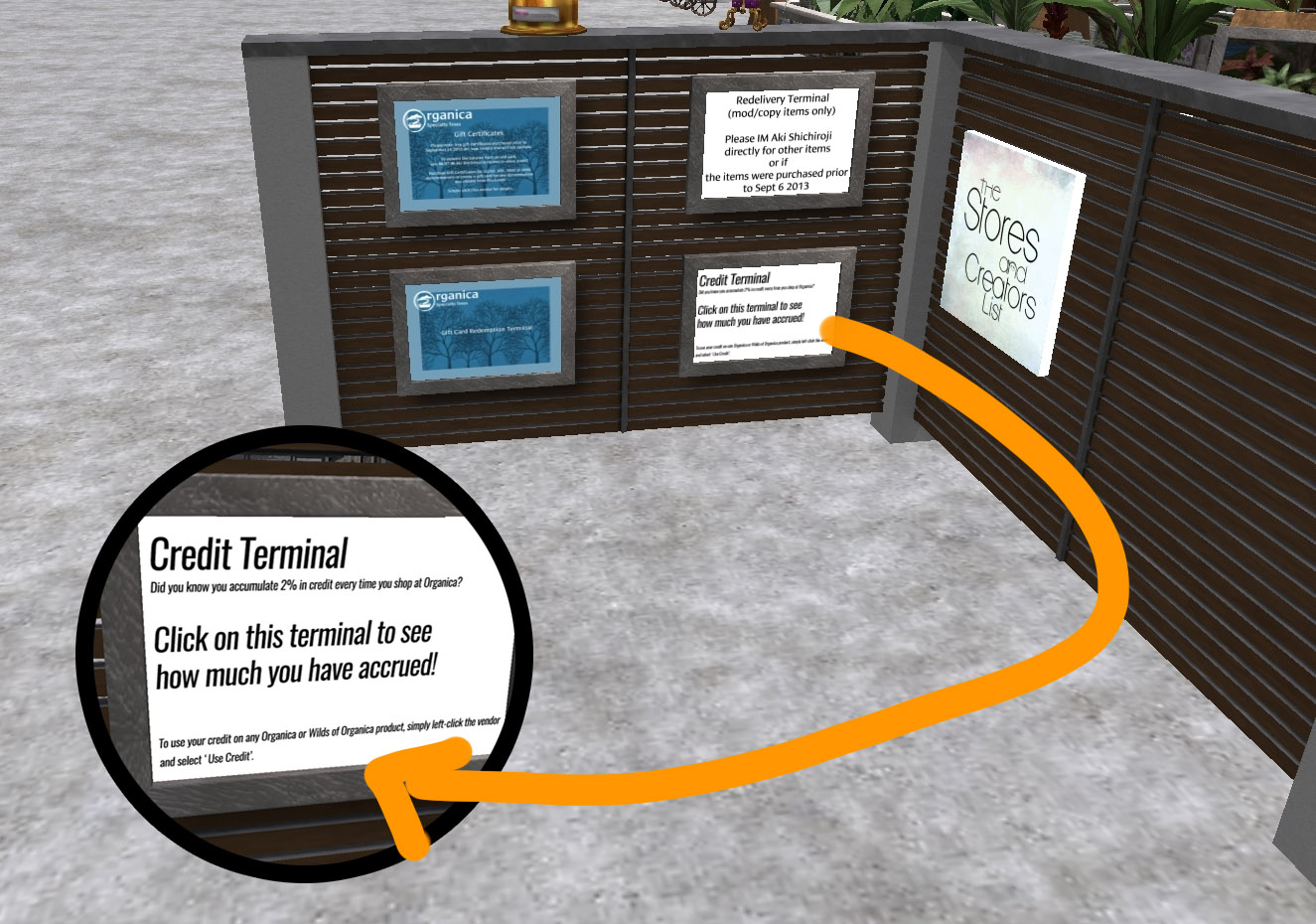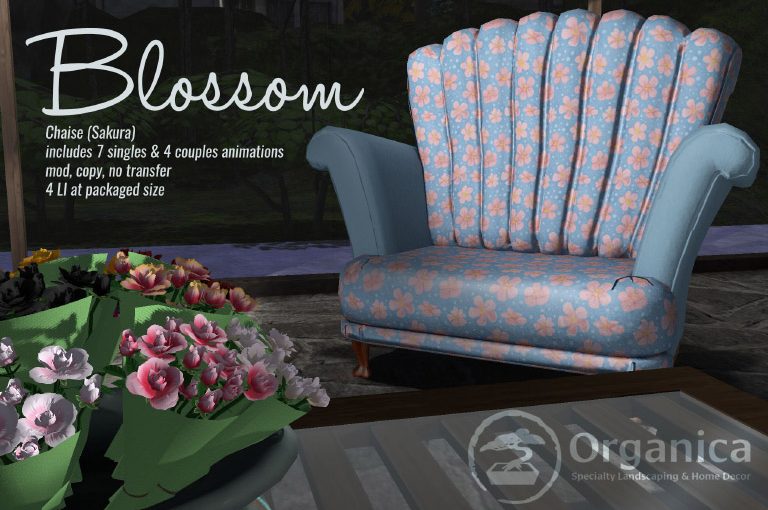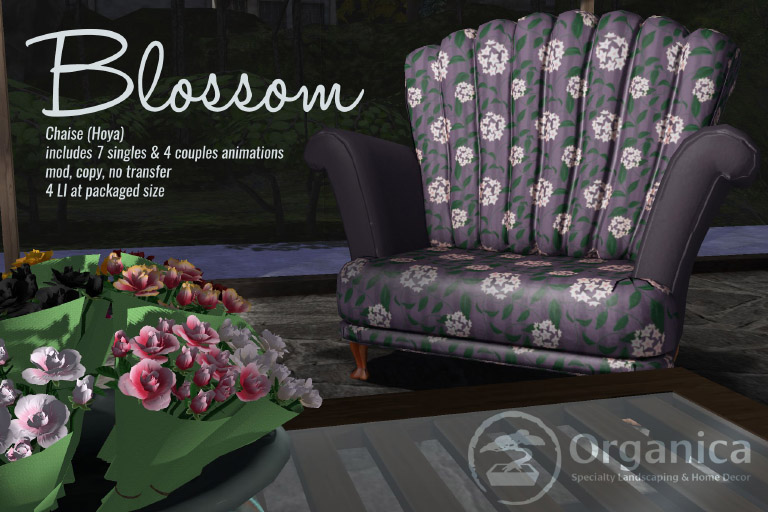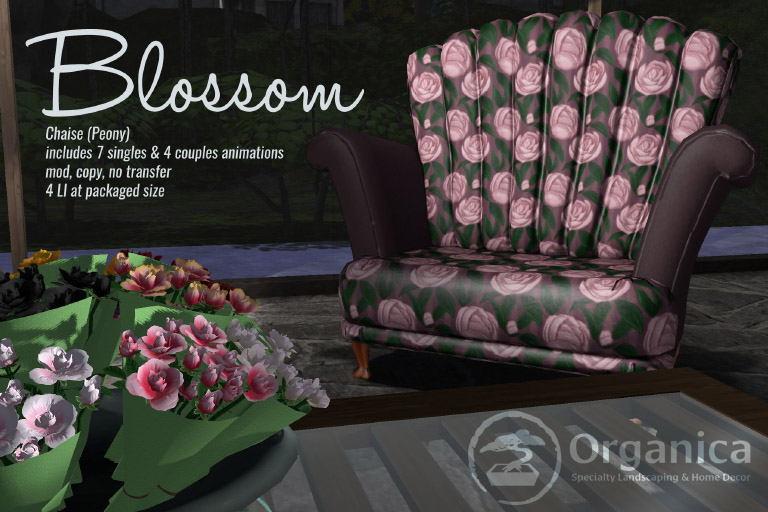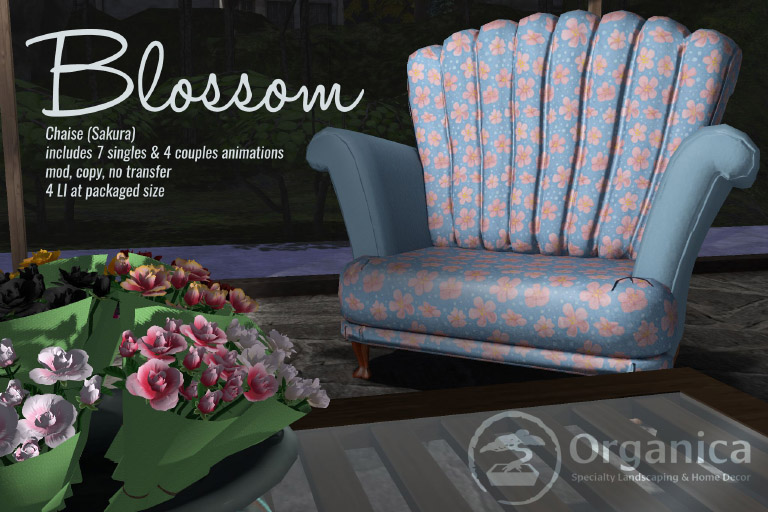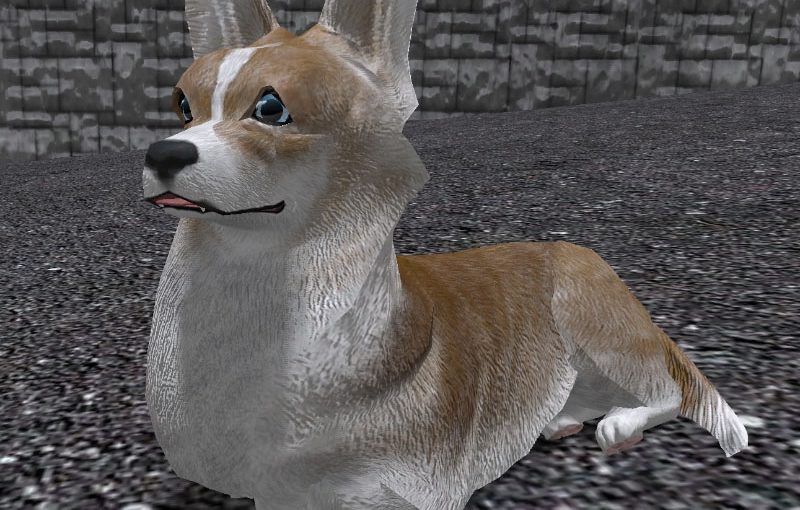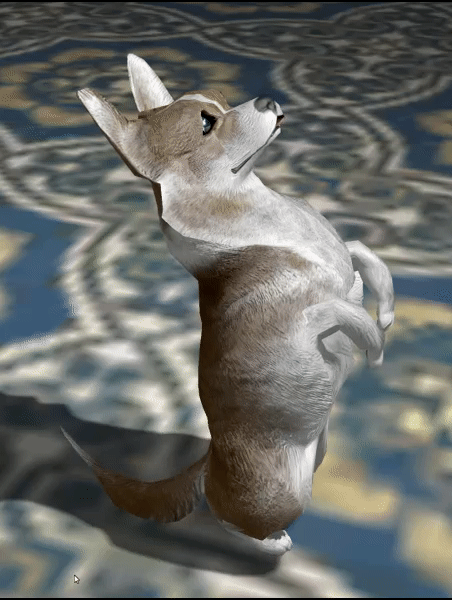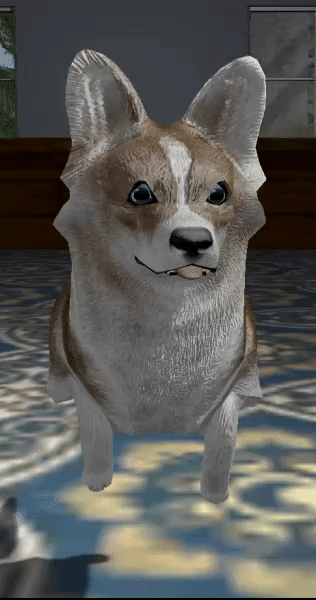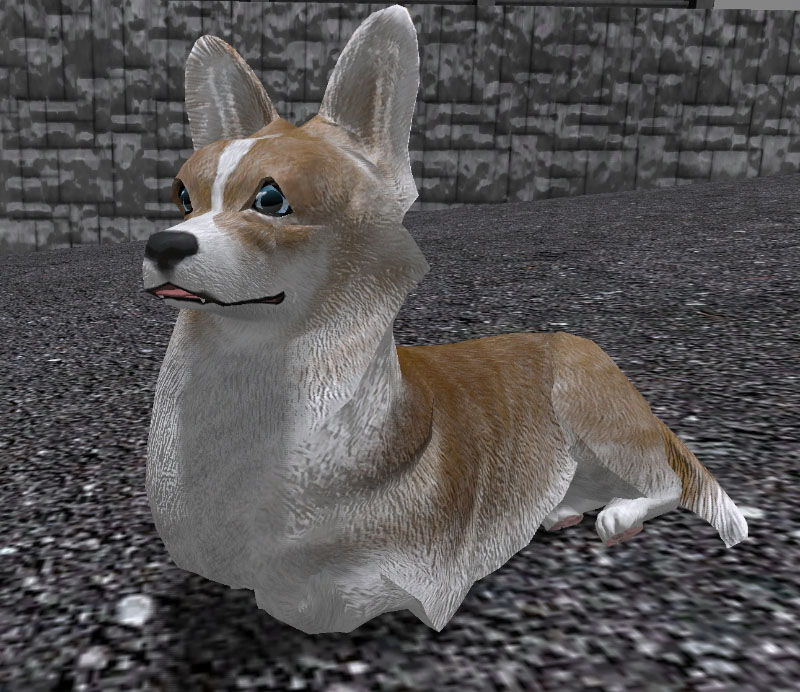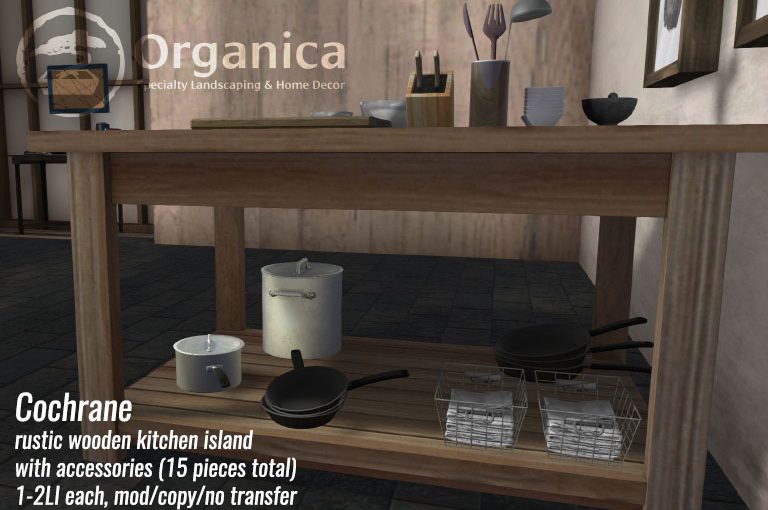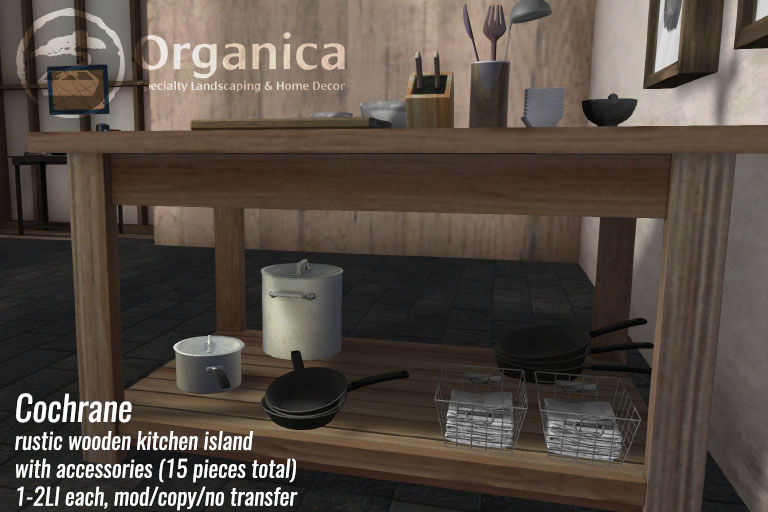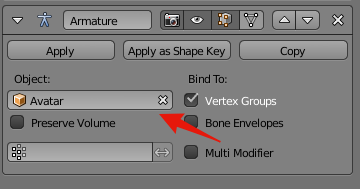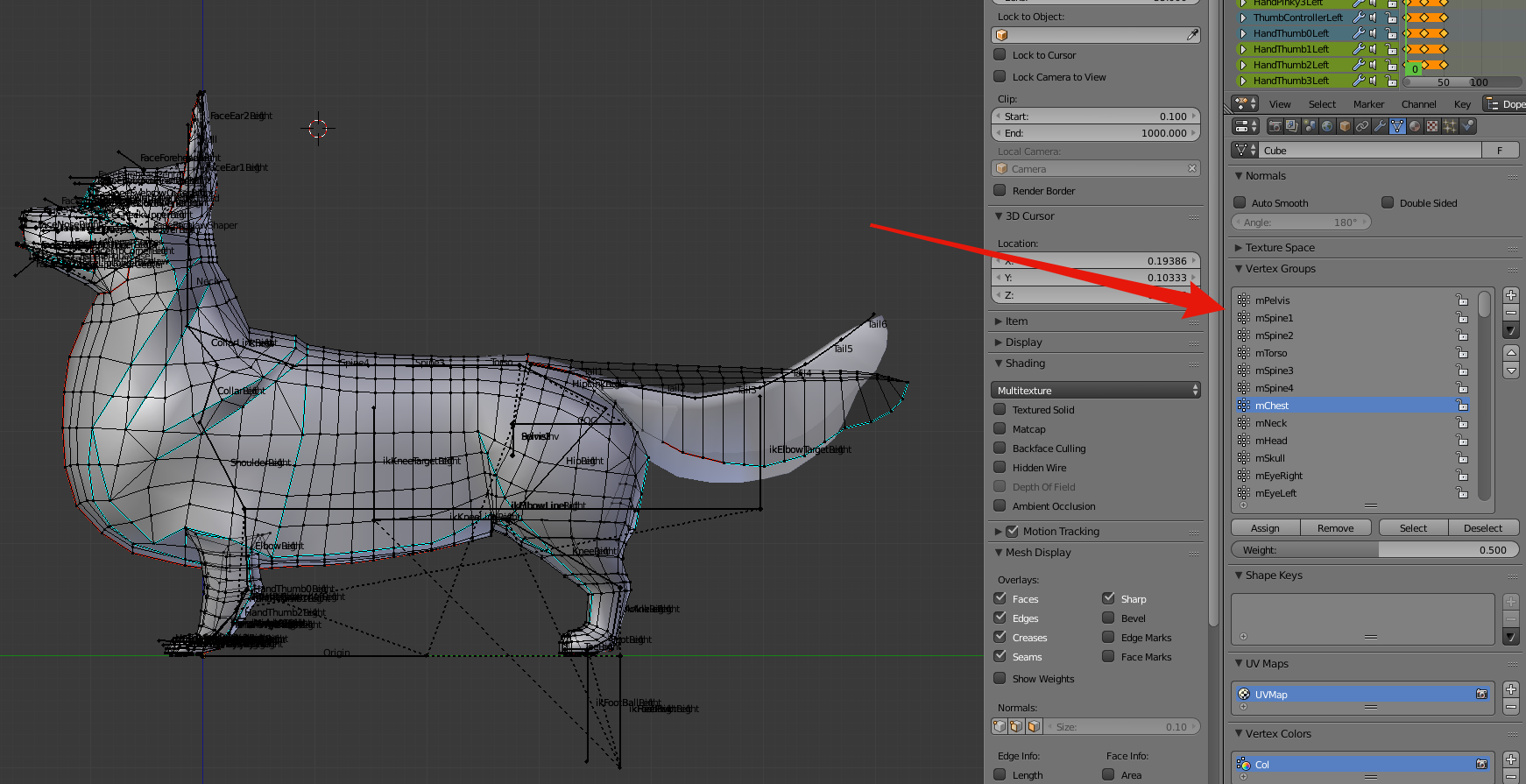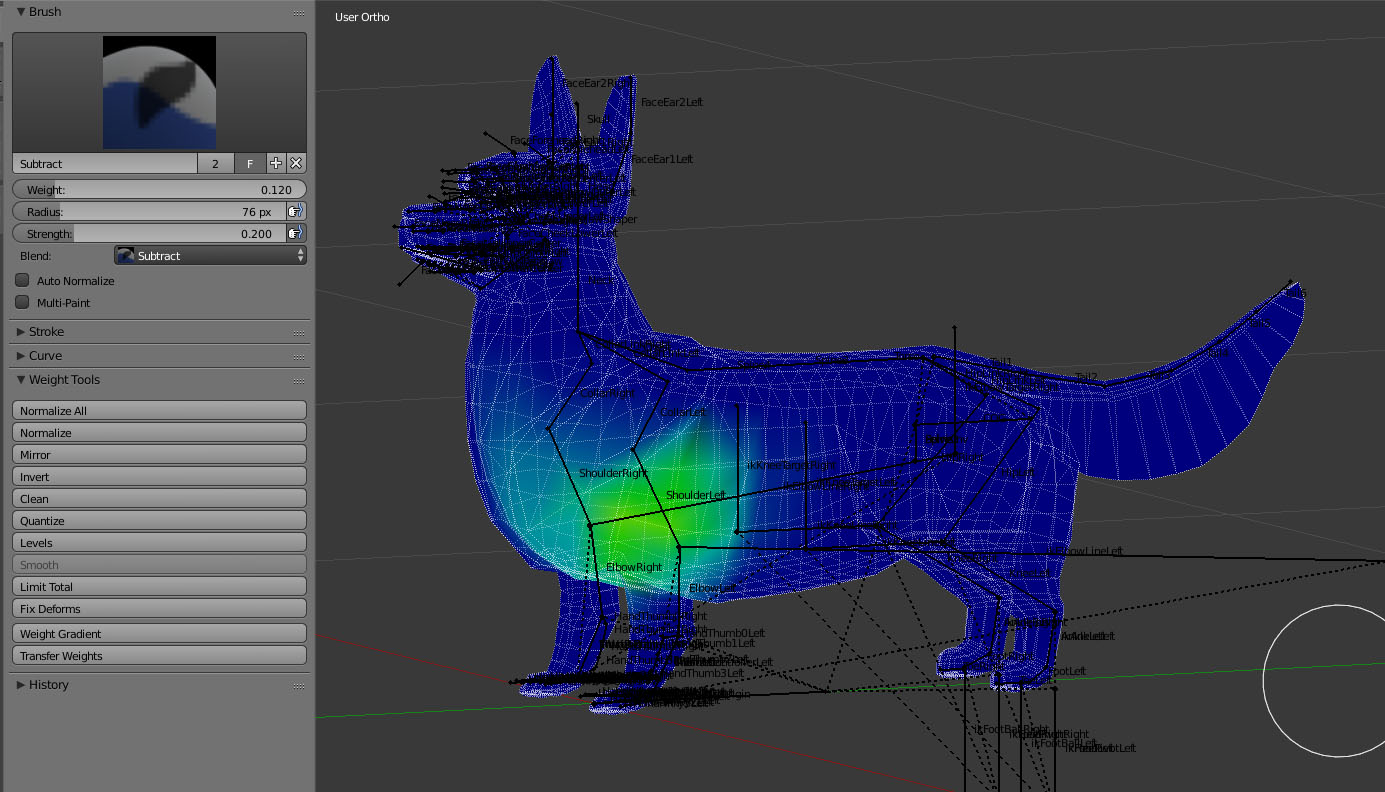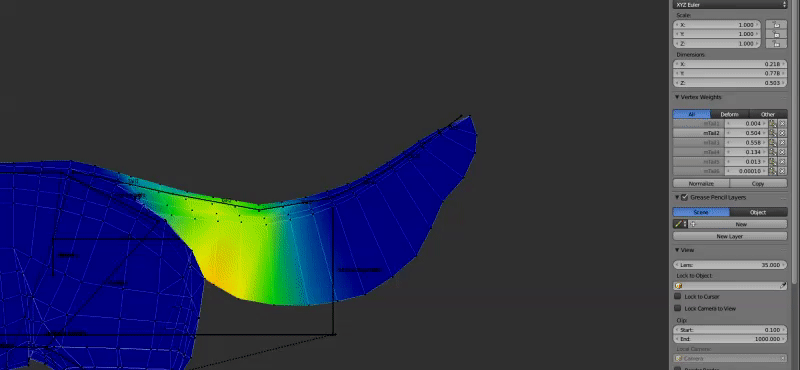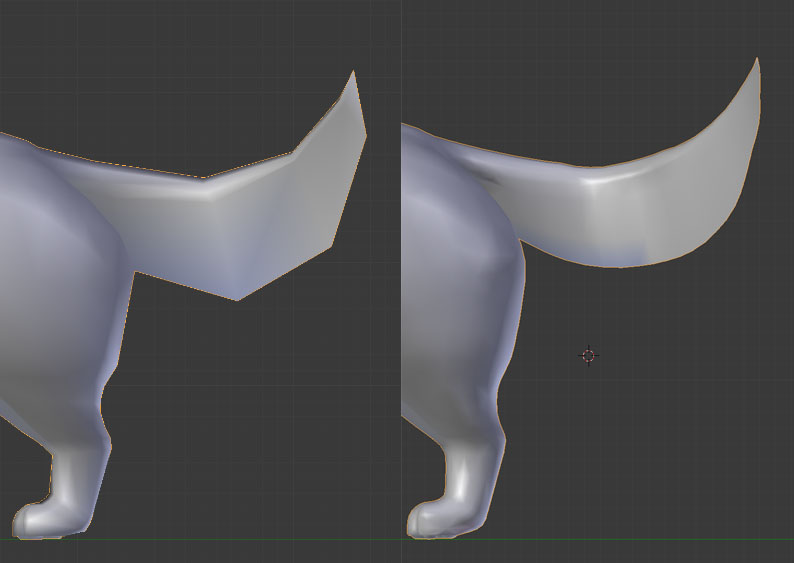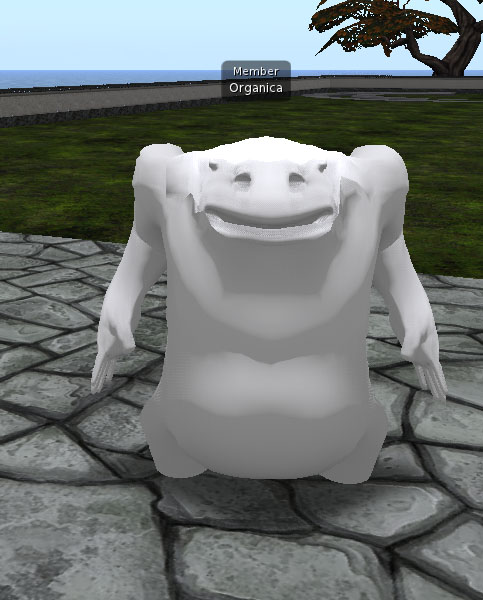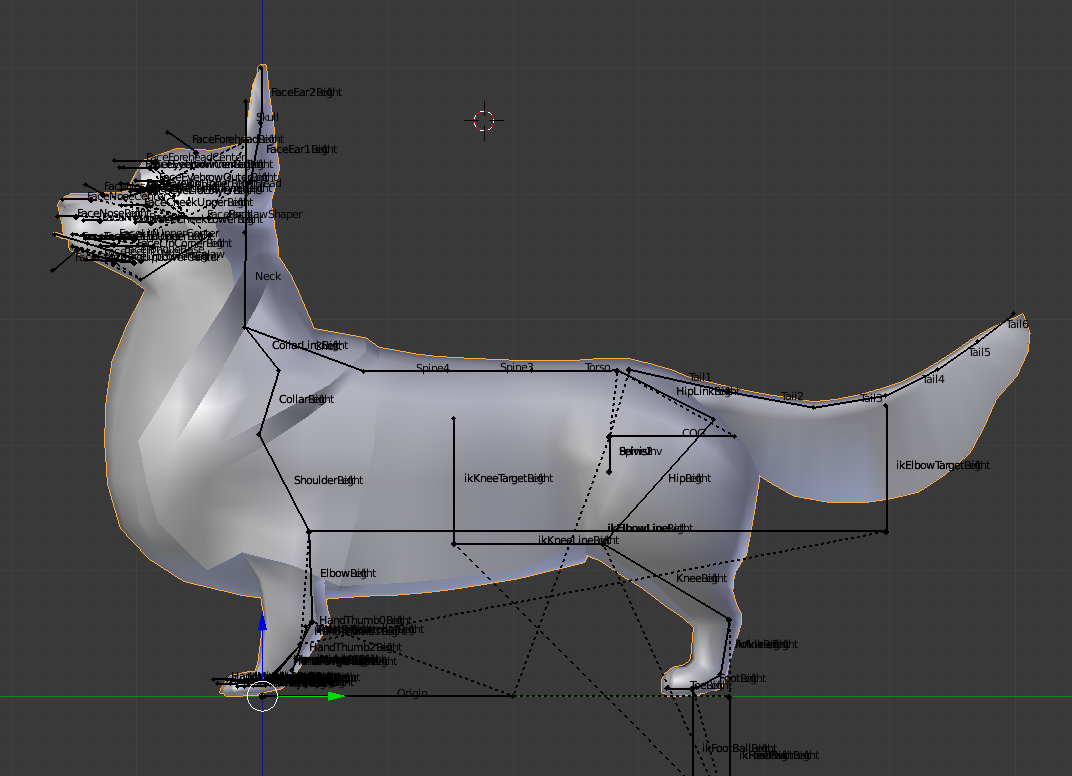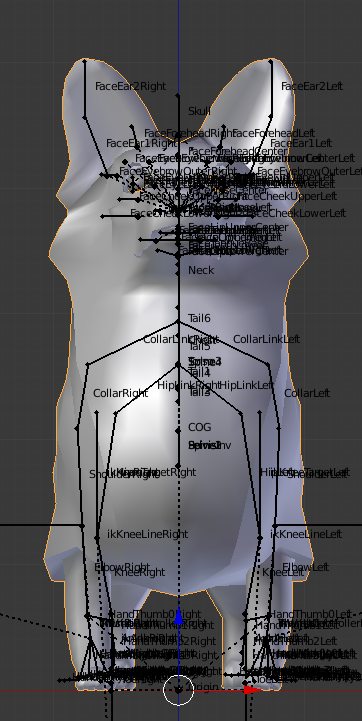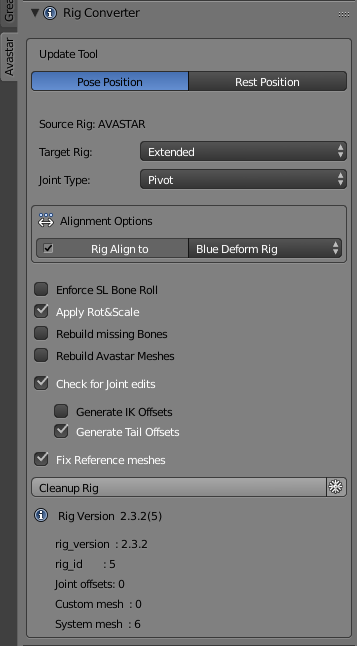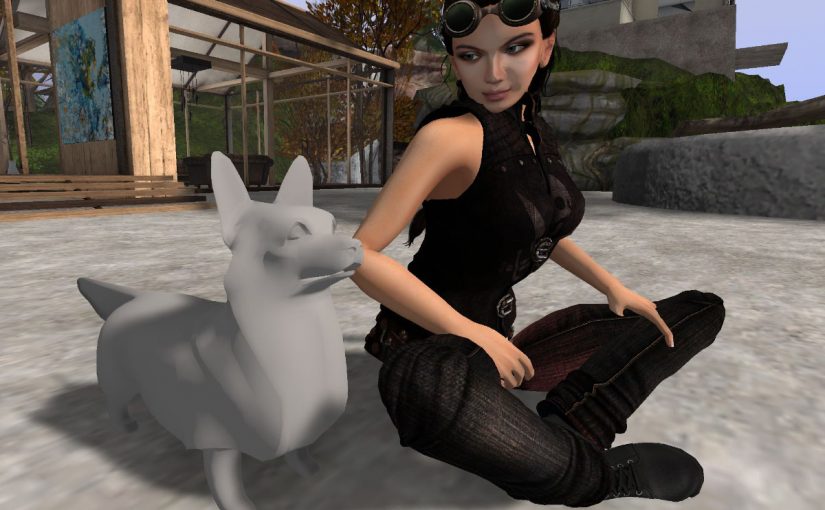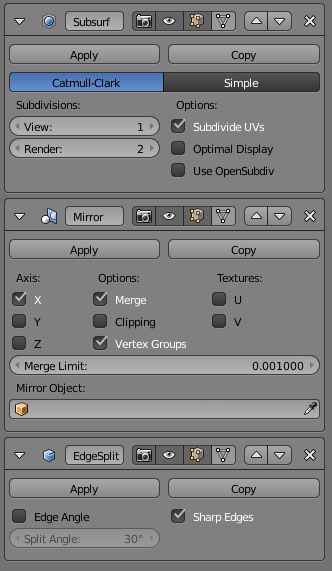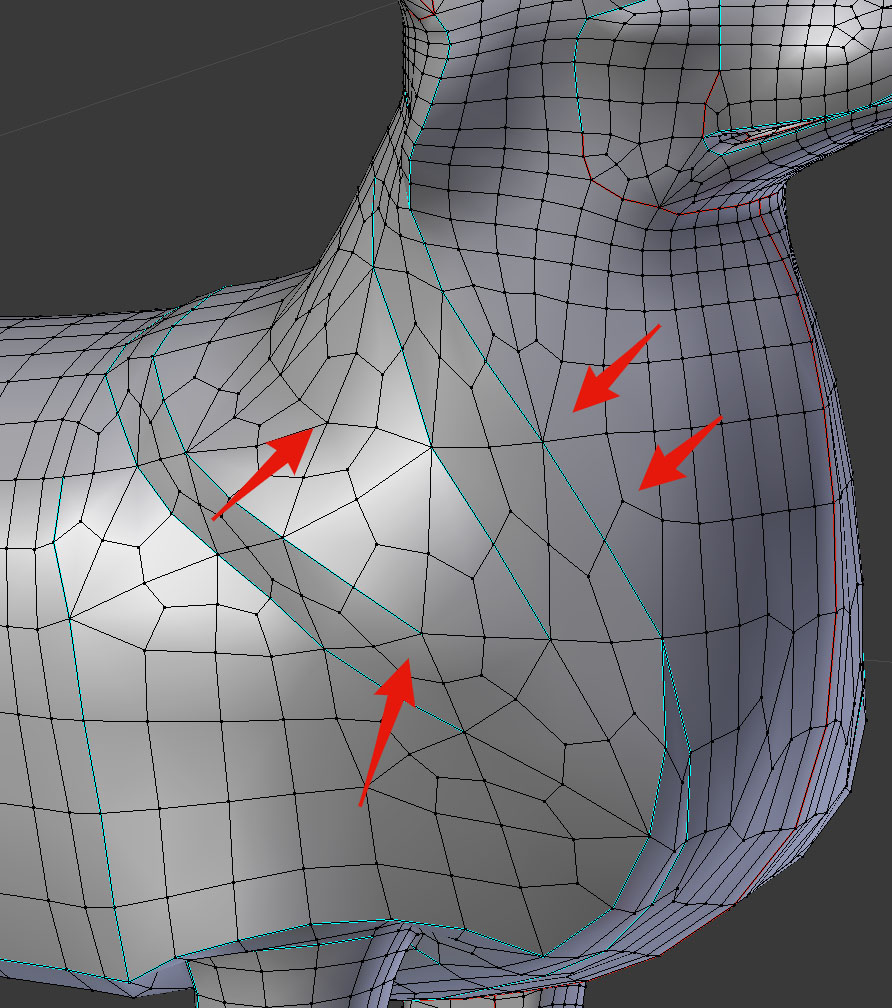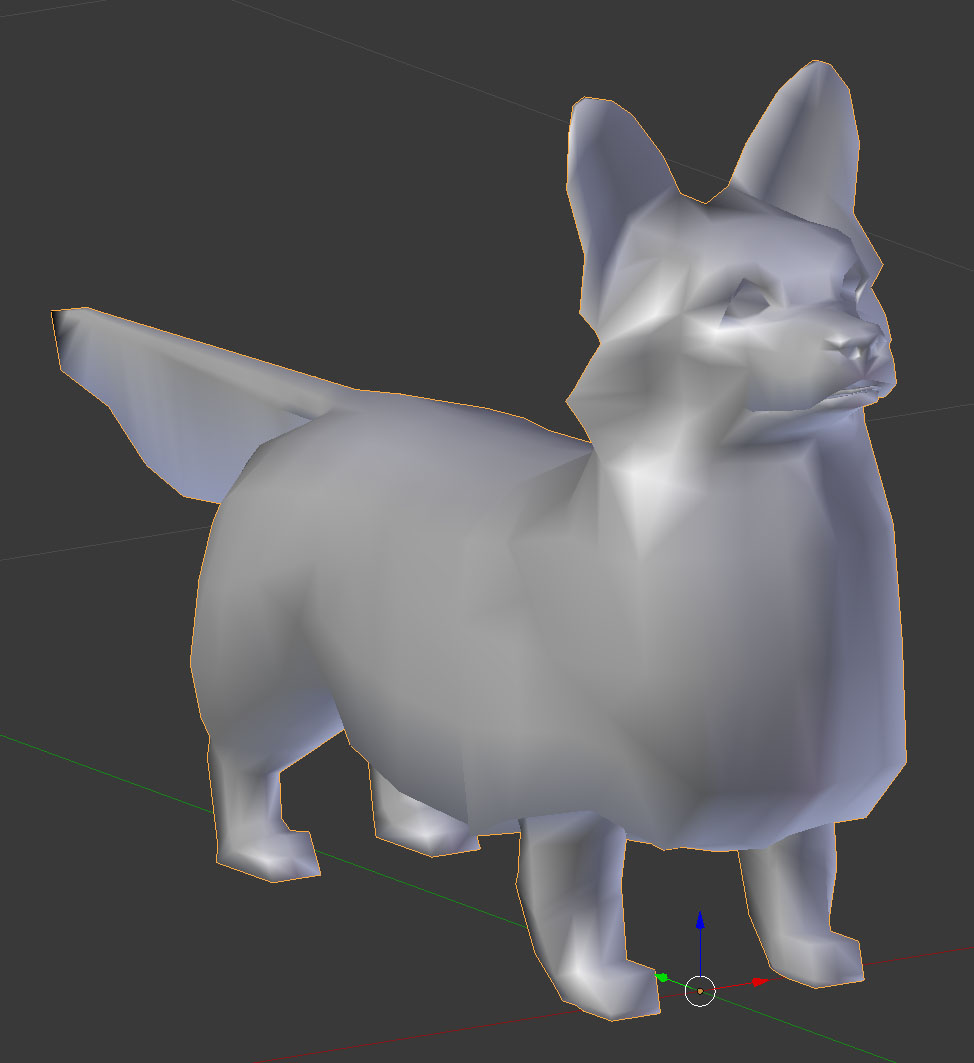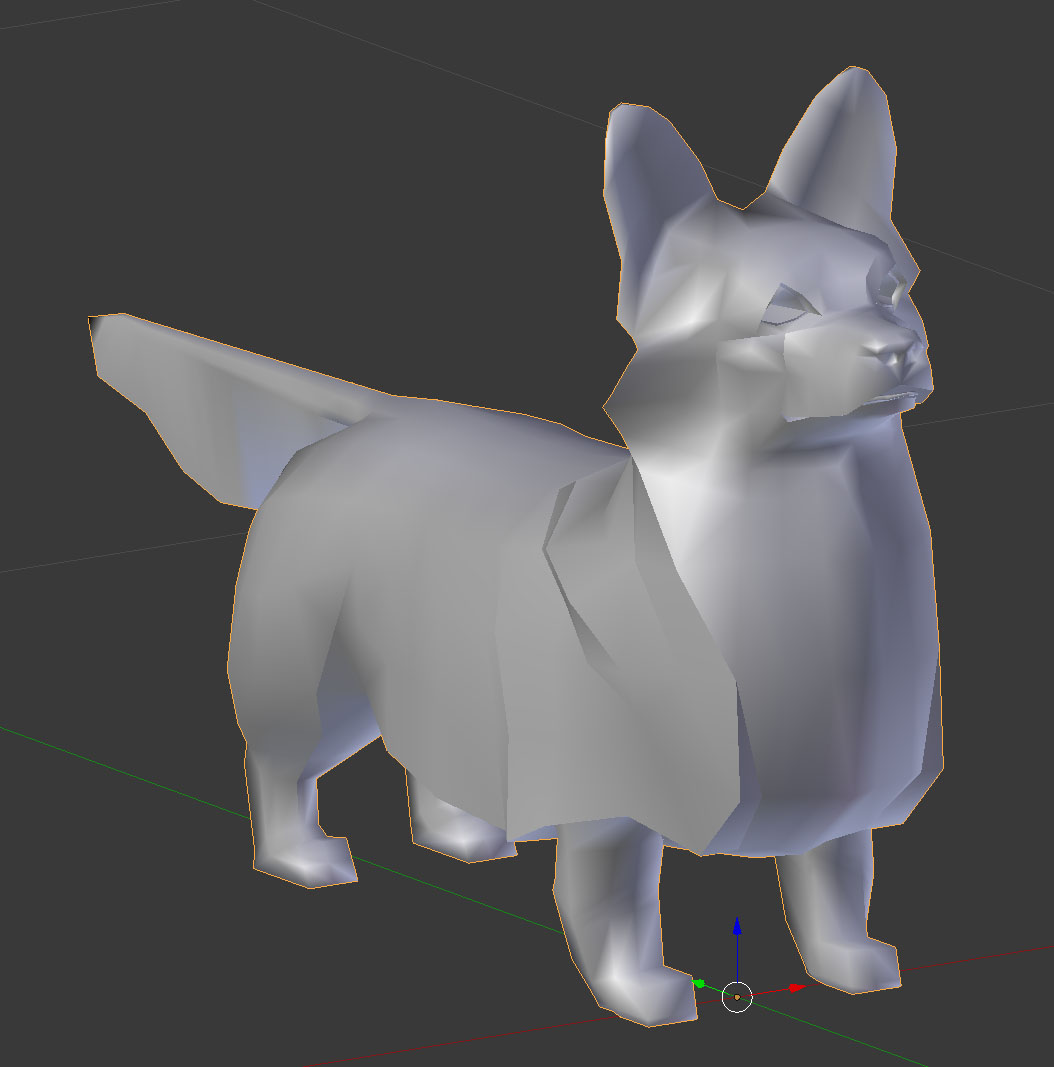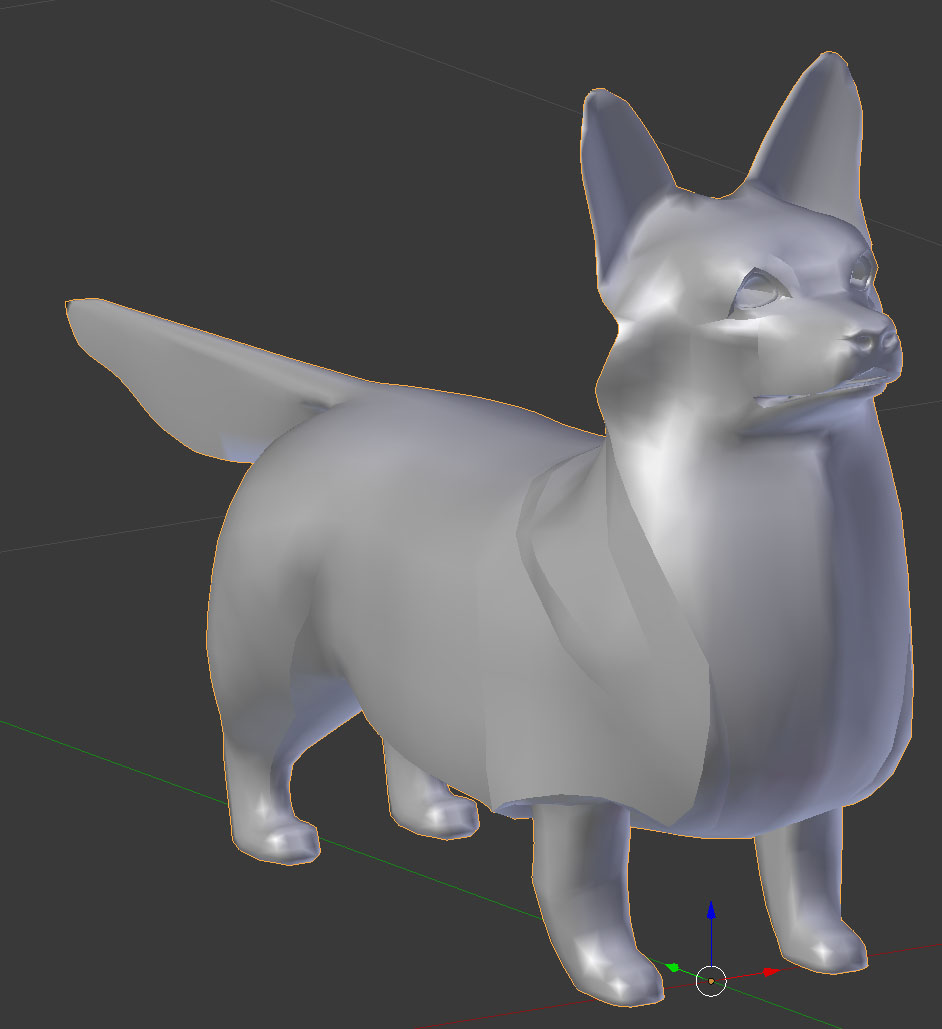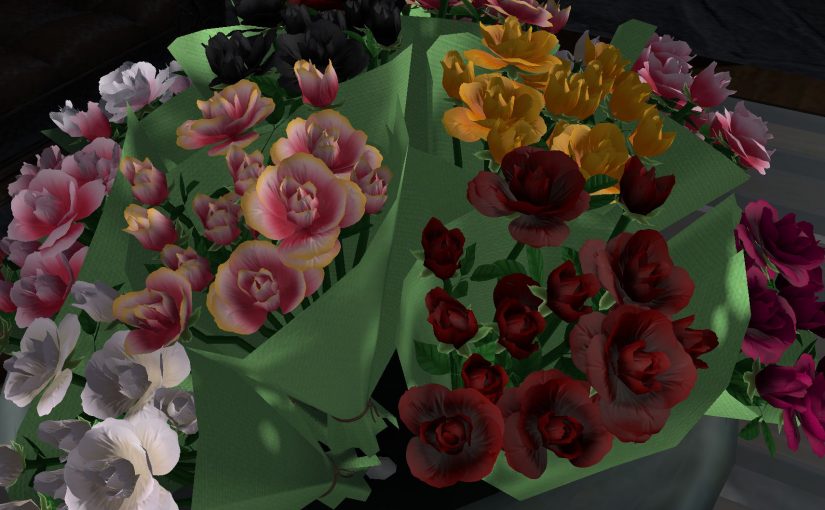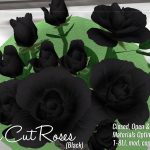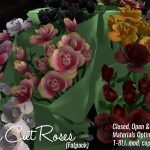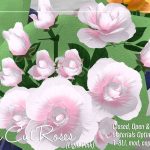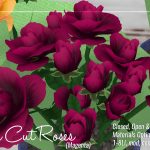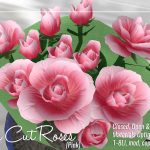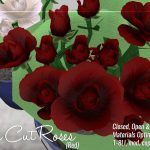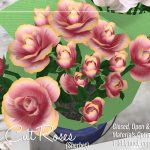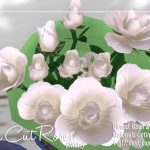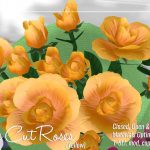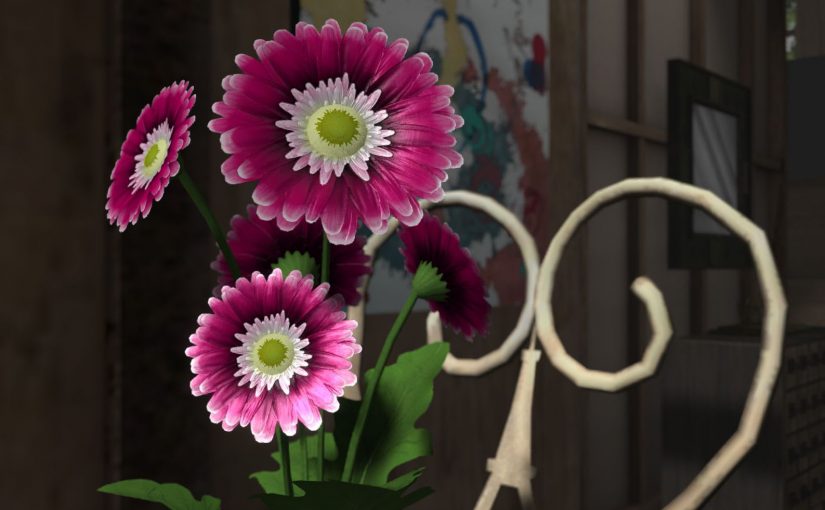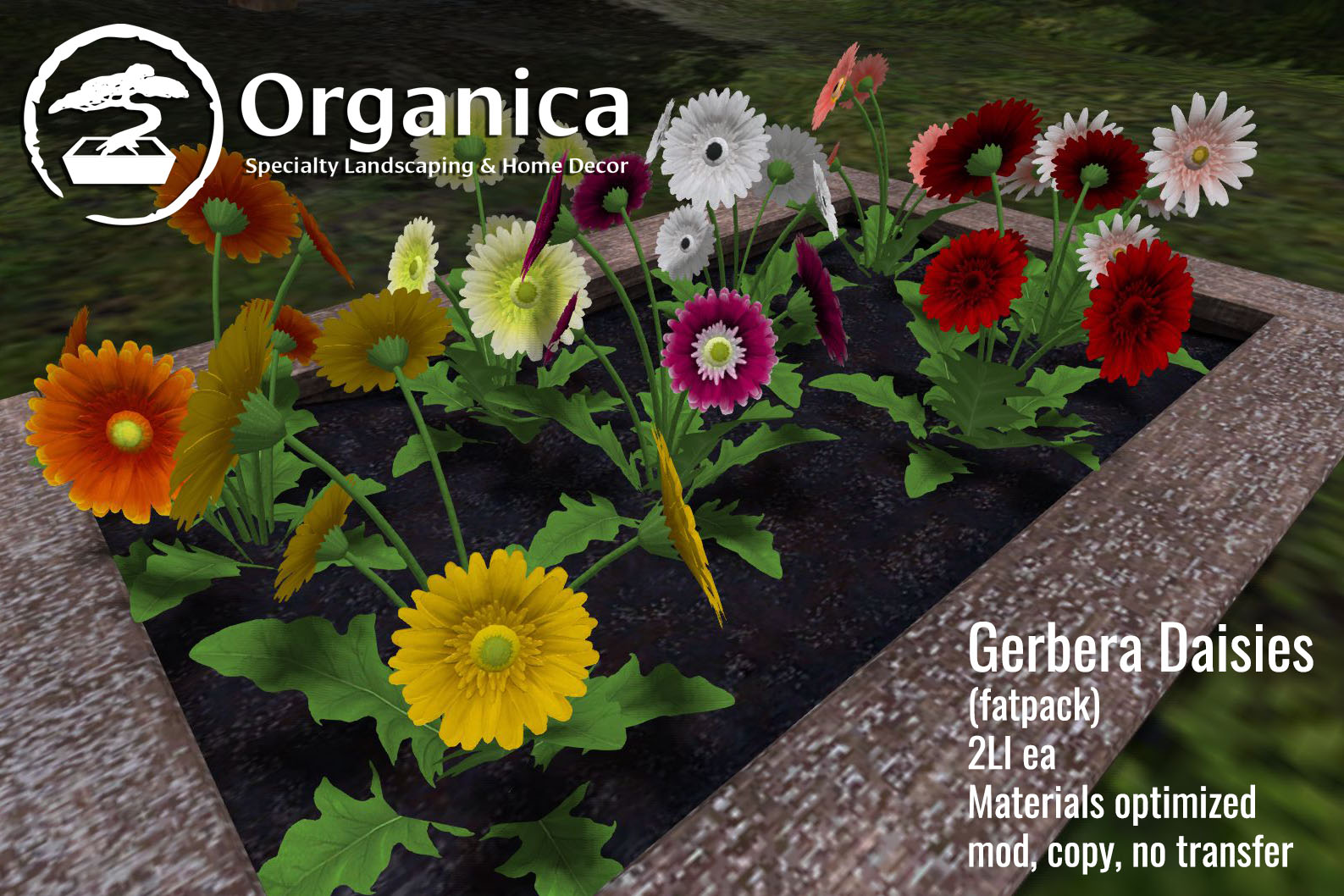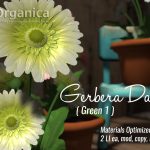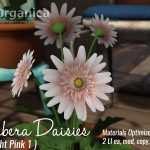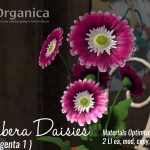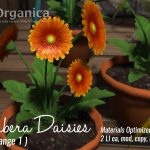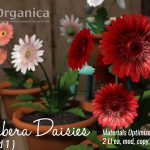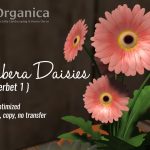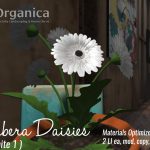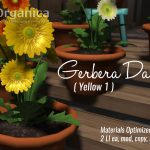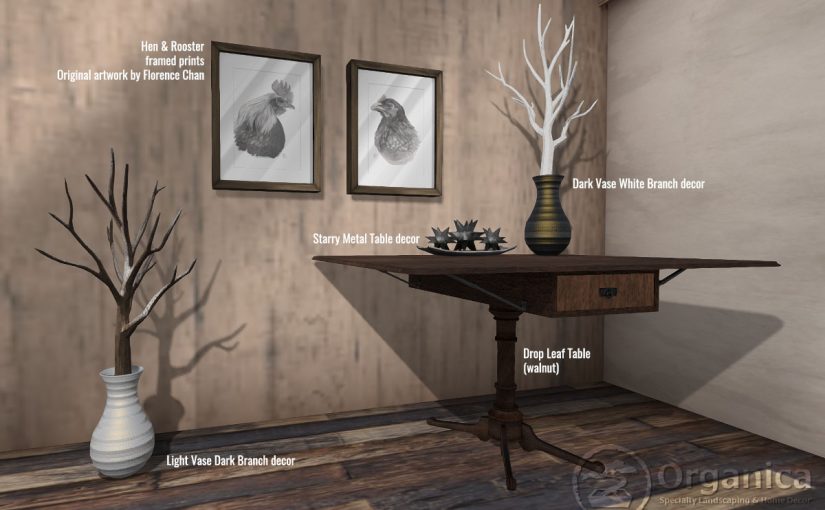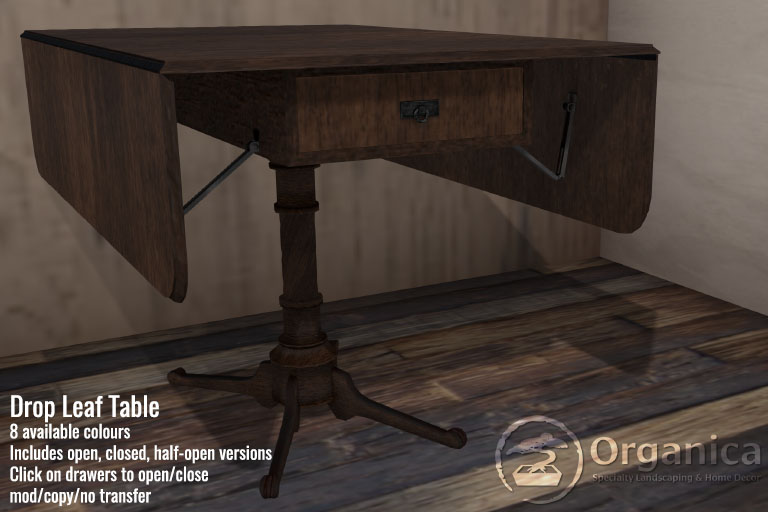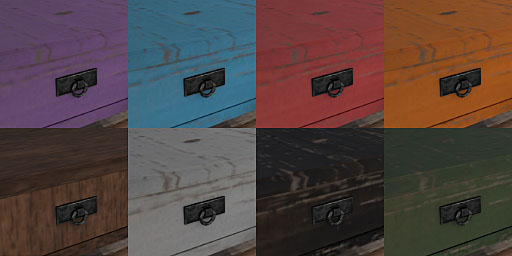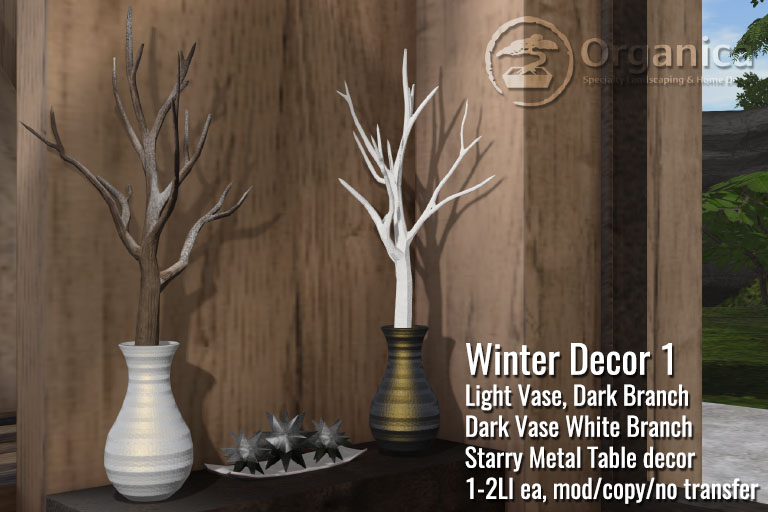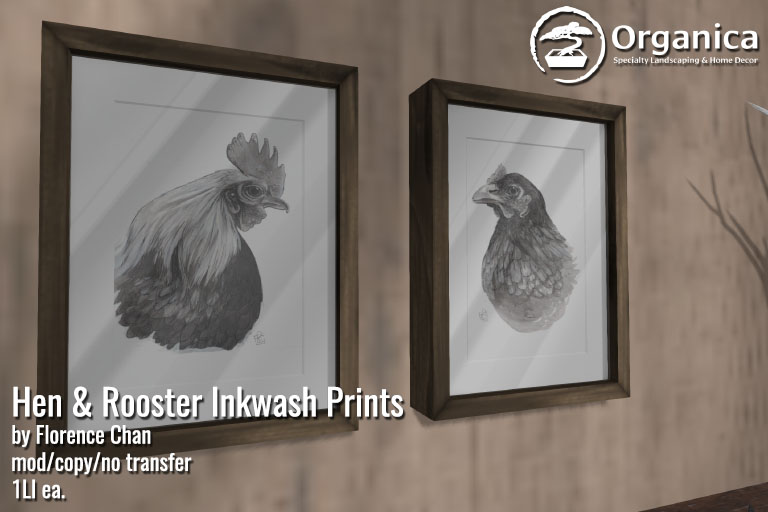By now, some of you may have heard that a fairly major vendor service is closing its doors. On April 11, DavidThomas Scorbal announced, to existing E2V customers, that the service would be closing on May 31.
Organica, Wilds of Organica, Kitheres, and Akimeta have all been running on this system for years and it’s with significant reluctance that I undertake any move to another system. Nonetheless, in order to continue offering perks such as gift cards and loyalty points, this is something that I’ll need to do.
What does this mean for Gift-card and Loyalty point-holders?
First off, ALL gift card holders MUST expend their credits by May 5. I cannot guarantee that any remaining credit under the E2V system will transfer to the new vendor system, although I will ascertain who has what upon close.
Secondly, as of current accounting, Organica and Wilds of Organica customers have amassed a non-trivial amount of store credit from the Loyalty program. Several hundred of you have at least L$100 or more! Please come use up your credits before they expire(Also May 5)! Again, I cannot guarantee that any of these store credits will transfer to the new system, so drop by soon!
You can check your remaining credit by visiting the shop and clicking on this kiosk graphic on-site:
To apply store credit to a purchase, *left* click the vendor you’d like to purchase from, then choose ‘Use Credit’ and follow the instructions from there.
Additionally:
The need to switch over to a new system is also a great opportunity for me to take some time to shelve old material and to revisit the store layout, which I have been meaning to do for the better part of a year.
What this means to you is that, starting from April 25th thru May 5 2018, ALL items being sold from Organica, Wilds of Organica and Akimeta (excluding gacha vendors) will be on sale at a 25% discount, to help prepare for an extensive shutdown and switch-over to the new vendor system.
Once the sale concludes, the sim will be temporarily closed to help finalize the vendor switch-over. Purchases can still be made on the Marketplace as normal.
Yes, this means some items will be retired from active sale. While they’ll still be available on the Marketplace (and Yes, I’ll still be able to rez things upon request for viewing), this will be your last opportunity to check out everything rezzed in one place. There will also be some selected old material, which at this point is currently MP-only, that will be removed from the Marketplace entirely.
I’ll send out an updated sale notice as we near the event! Please keep your eyes and ears open either via this blog or the in-world subscribers or via the Wilds of Organica group.
Upcoming Events:
Bloom – April 16 thru 30 – Check out my new release for this event!
Fantasy Faire – April 19-29 – Blog post coming soon!
Home & Garden Expo – May 19
